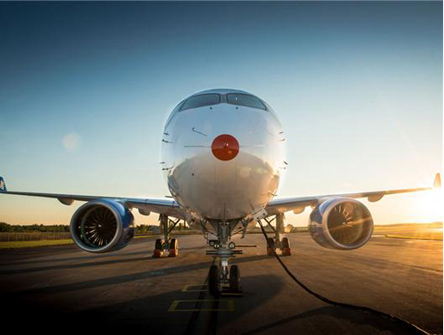WASHINGTON- The final rule, issued today, stems
in part from the tragic crash of Colgan Air 3407 in February 2009, and
addresses a Congressional mandate in the Airline Safety and Federal Aviation
Administration Extension Act of 2010 to ensure enhanced pilot training. Today's
rule is one of several rulemakings required by the Act, including the
requirements to prevent pilot fatigue that were finalized in December 2011, and
the increased qualification requirements for first officers who fly U.S.
passenger and cargo planes that were issued in July 2013.
The FAA is focusing on pilot training for events that, although rare, are often
catastrophic. Many air carriers have also voluntarily begun developing
safety management systems (SMS), which will help air carriers identify and
mitigate risks unique to their own operating environments.

The cost of the rule to the aviation industry is estimated to be $274.1 to $353.7 million. The estimated benefit is nearly double the cost at $689.2 million.
The FAA proposed to revise the training rules for
pilots in 2009, one month prior to the Colgan Flight 3407 accident. The FAA
issued a supplemental proposal on May 20, 2011, to address many of the NTSB's
recommendations resulting from the accident, and incorporate congressional
mandates for stick pusher, stall recovery and remedial training.

-Bombardier C Jet courtesy image-
On Aug. 6, 2012, the FAA issued Advisory Circular (AC) Stall and Stick Pusher Training to provide best practices and guidance for training, testing, and checking for pilots to ensure correct and consistent responses to unexpected stall events and stick pusher activations.
Air carriers will have five years to comply with the rule's new pilot training provisions, which will allow time for the necessary software updates to be made in flight simulation technology. -FAA.gov, andhttp://www.gpo.gov/fdsys/pkg/FR-2013-11-05/pdf/2013-26472.pdf